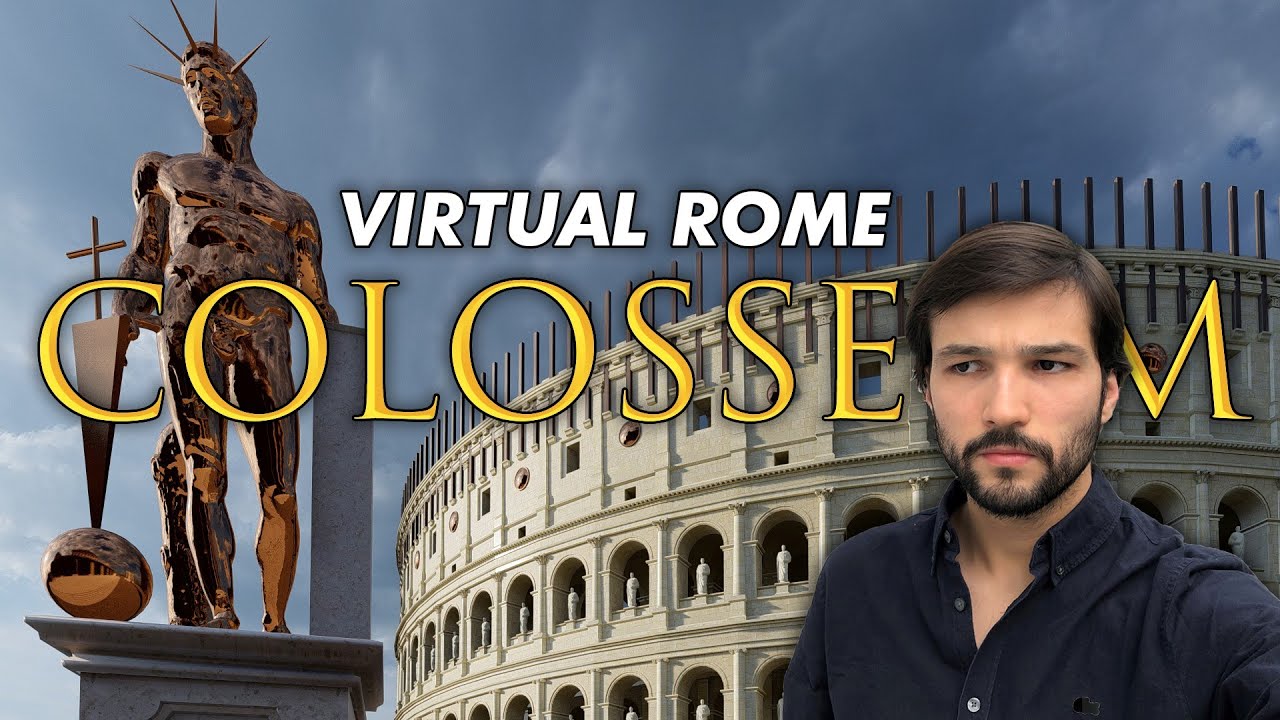The Colosseum, located in Rome, Italy, is one of the world’s most iconic and recognizable structures. Built between 70 and 80 AD, the Colosseum is an elliptical amphitheater that once hosted gladiatorial contests, animal hunts, and other public spectacles. It was built on the site of Nero’s former palace, the Domus Aurea, and is considered one of the greatest works of Roman architecture and engineering. But how big is the Colosseum, exactly?
Dimensions of the Colosseum
The Colosseum is an impressive structure, measuring 188 meters (617 feet) long, 156 meters (511 feet) wide, and 48 meters (157 feet) high. It has a total area of 24,000 square meters (258,000 square feet), with a capacity of up to 50,000 spectators. The arena itself is 86 meters (282 feet) long and 54 meters (177 feet) wide, with a floor area of 5,000 square meters (54,000 square feet).
Structure of the Colosseum
The Colosseum is composed of four main levels, or stories. The first level, or the podium, is made up of three stories of arched entrances, called the vomitoria, that allowed for quick entry and exit of the spectators. The second level is made up of eighty arches that are divided into four sections, or orders. The third level is composed of two stories of arches, while the fourth and highest level is made up of sixty-four Corinthian columns.
Features of the Colosseum
The Colosseum is an engineering marvel. It has a system of tunnels and passages beneath the arena that were used to transport animals and gladiators. The structure also has a series of large awnings, called velaria, that could be pulled across the top of the Colosseum to provide shade for the spectators. In addition, the Colosseum had a system of drains that allowed for the quick removal of rainwater and other liquids from the arena floor.
Modern Use of the Colosseum
Today, the Colosseum is one of the most visited tourist attractions in Rome. It is open to the public, and visitors can explore the ruins and learn about the history of the Colosseum. The Colosseum is also the site of concerts, theatrical performances, and other events.
Conclusion
The Colosseum is an impressive and iconic structure that stands as a testament to the power and engineering prowess of the Roman Empire. Its dimensions and features have made it a popular tourist attraction, and its modern use shows that it is still relevant in the modern age.




